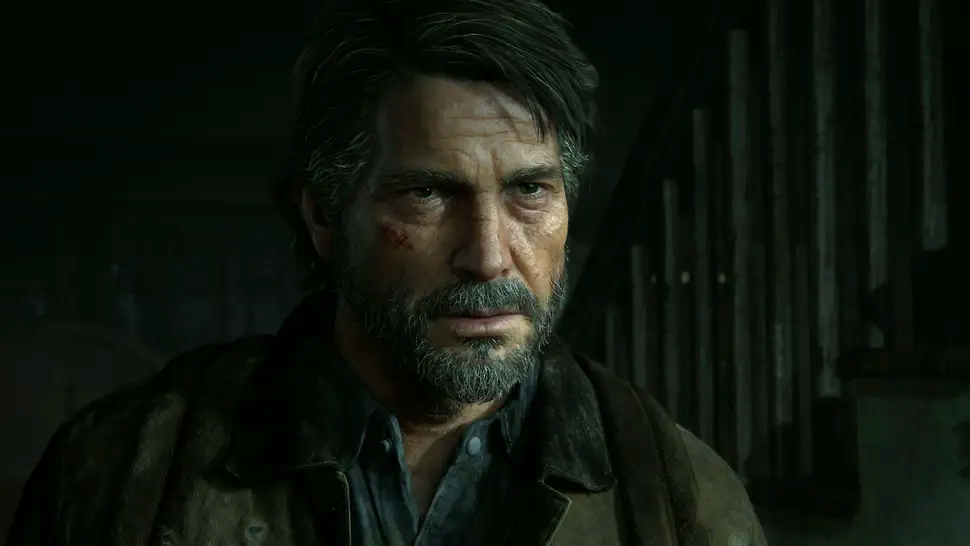
One of the most impressive tools in a writer’s arsenal is their command over time. Unlike the monotonous flow of daily life, narratives can be structured in any order the author desires. Over many years, storytellers have refined their techniques to craft engaging tales. However, Naughty Dog, the developers behind The Last of Us, have introduced something new with their recent update: a mode that presents the story in a chronological fashion.
Who Is This For?
Why is this necessary? What benefit does it provide to eliminate the mystery or slow the pacing that was originally designed for emotional impact? This new chronological mode, dubbed The Last of Us Part 2 “Chronological Experience”, is now available for both PC and PS5, allowing players to experience events in a linear fashion.
The game now allows players to see how scenes connect more clearly, like how Ellie receives a guitar, enhancing the understanding of her character development.
While traversing through the narrative traditionally involved a series of flashbacks, the new mode aims to provide insights that the original order might obscure. Naughty Dog claims this adjustment will deepen players’ grasp of the characters and their intertwined fates, illustrating moments when Ellie and Abby nearly cross paths, which emphasizes their parallel journeys.
However, many critics question the utility of this change. There’s an argument that the narrative’s original structure aims to provoke deeper thought about its themes. The dramatic shifts in time serve to make players focus on character motivations and emotional stakes that highlight the tumultuous world they inhabit.
In essence, although the chronological mode may offer a ‘different’ perspective, it brings into question if such alterations enhance or detract from the storytelling experience. Fans of the game are left considering: is this new mode simply a curious addition to the gameplay, or an unnecessary alteration to a well-crafted story?
